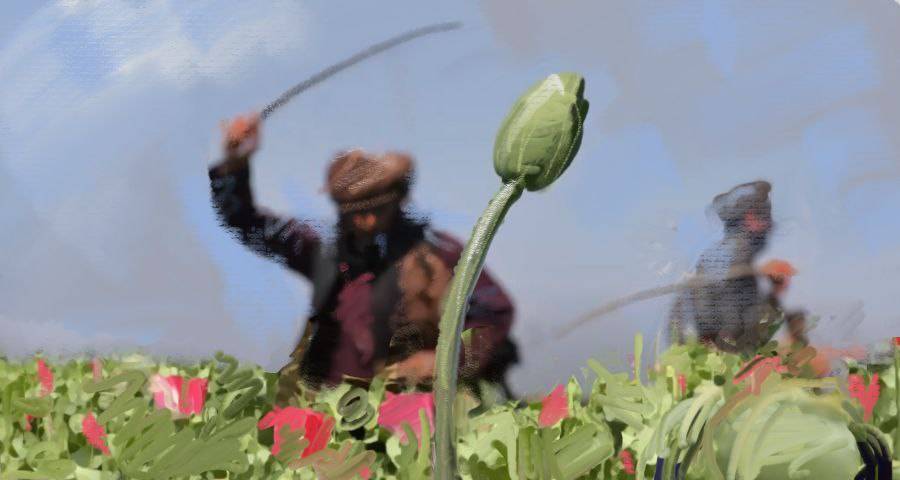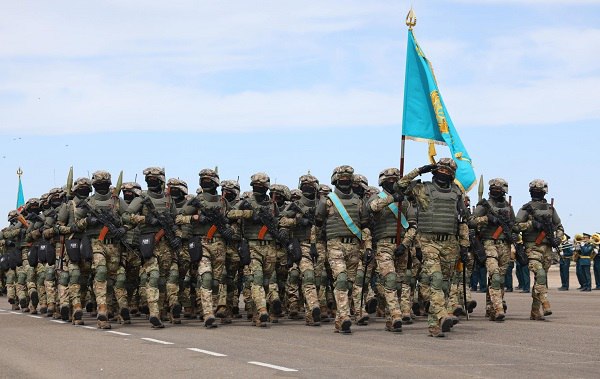KABUL (TCA) — The United Nations says that civilian deaths in Afghanistan remain at “extreme levels,” with the highest number recorded in the first nine months of 2018 since the same period in 2017, RFE/RL reported.
A new report by the UN Assistance Mission in Afghanistan (UNAMA) issued on October 10 has found that 2,798 civilians were killed and 5,252 were wounded between January 1 and September 30.
It’s a 21 percent spike compared to the same period last year, with a 46 percent increase in casualties from suicide attacks alone.
Improvised explosive devices caused nearly half of all deaths and injuries, the report says, while fighting between insurgents and Afghan security forces comes next with 605 civilian deaths.
Air strikes by Afghan and U.S. forces caused 313 deaths and 336 injuries.
Women and children made up more than 60 percent of casualties from air strikes.
During all of 2017, the UN said 3,438 people were killed and 7,015 wounded.
The UN count is considered a conservative estimate as it needs at least three independent sources to officially register a case.
In a statement issued by UNAMA, Tadamichi Yamamoto, the Secretary-General’s Special Representative for Afghanistan and head of UNAMA said: “As there can be no military solution to the fighting in Afghanistan, the United Nations renews its call for an immediate and peaceful settlement to the conflict to end the suffering of the Afghan people.”
He added that “all parties can and should do their utmost to protect civilians from harm, including by making concrete progress toward peace”.









